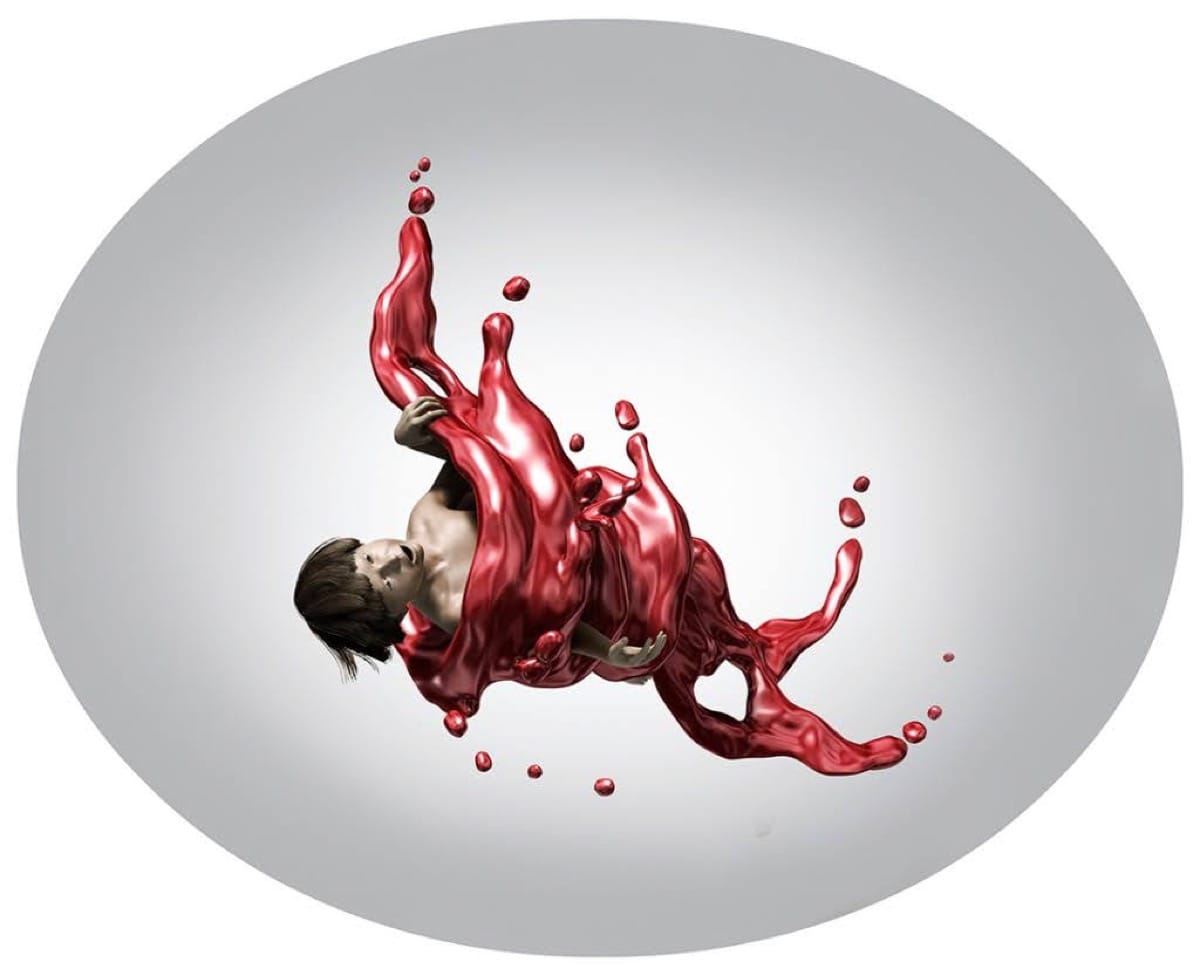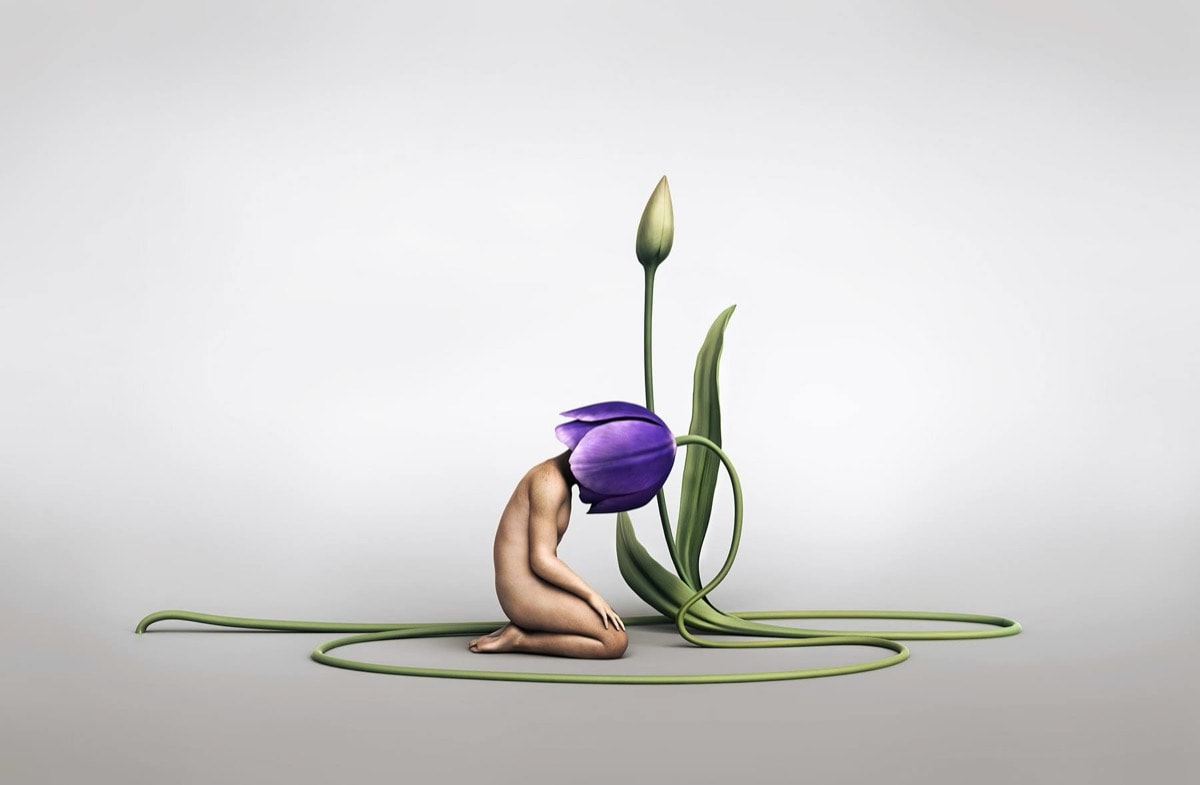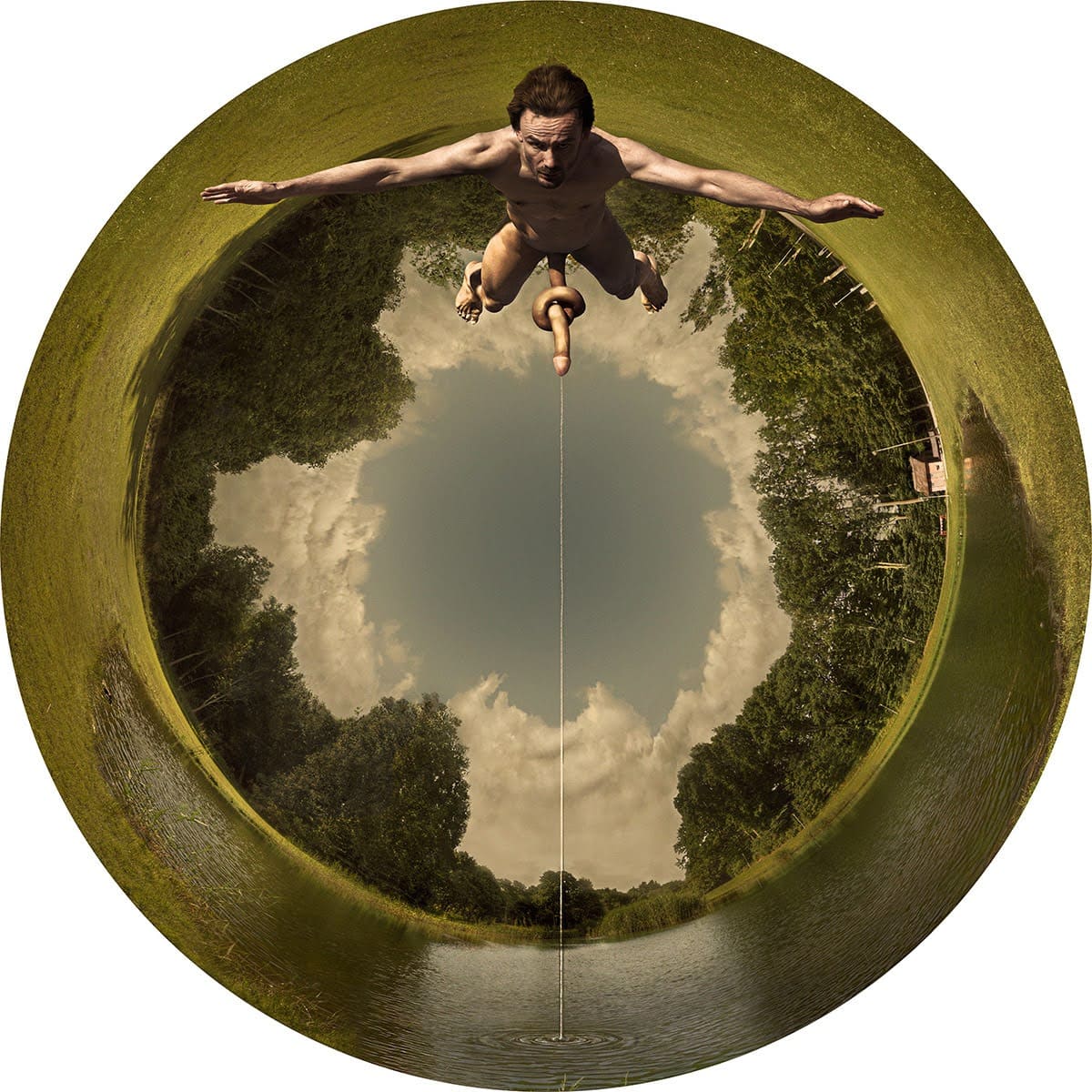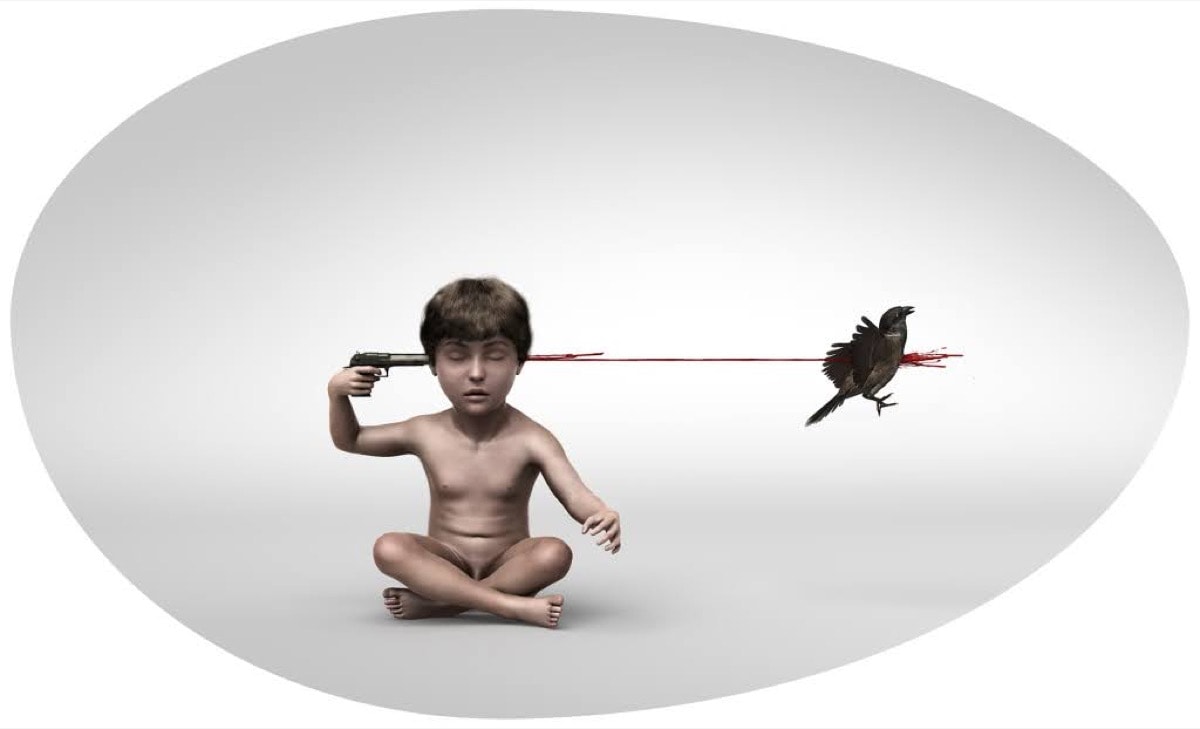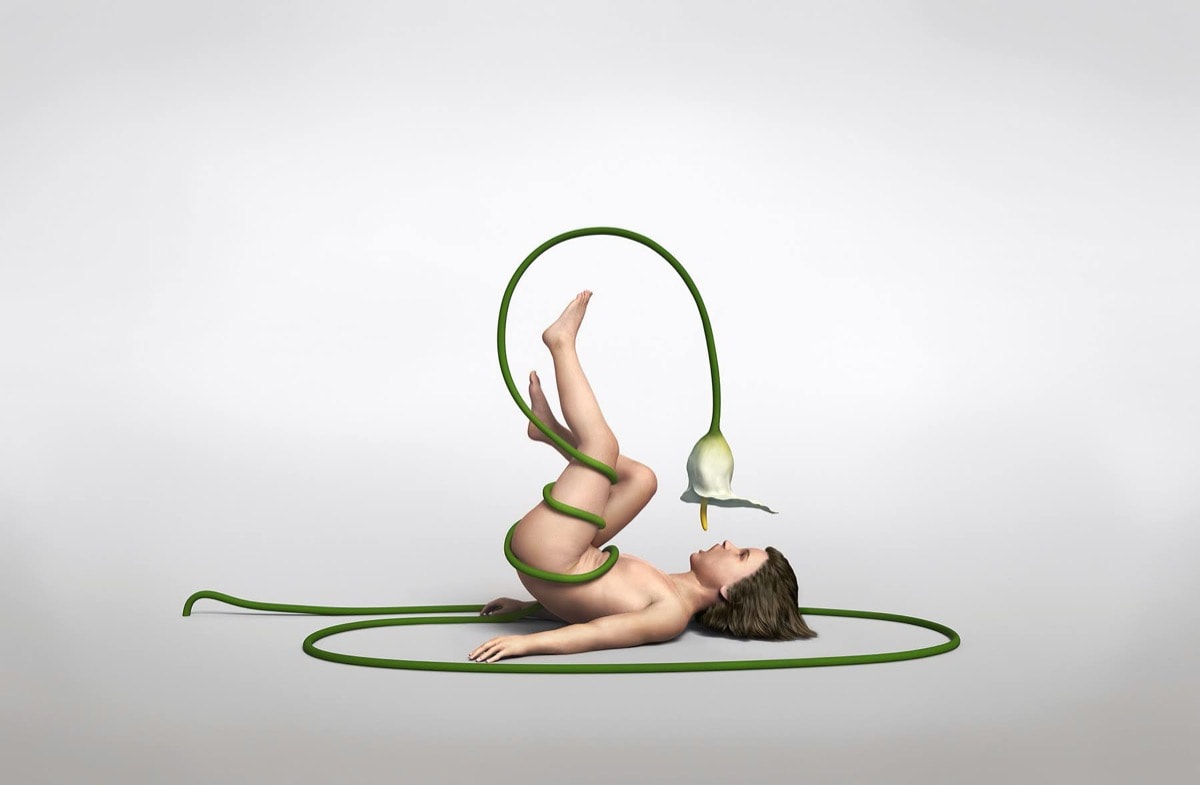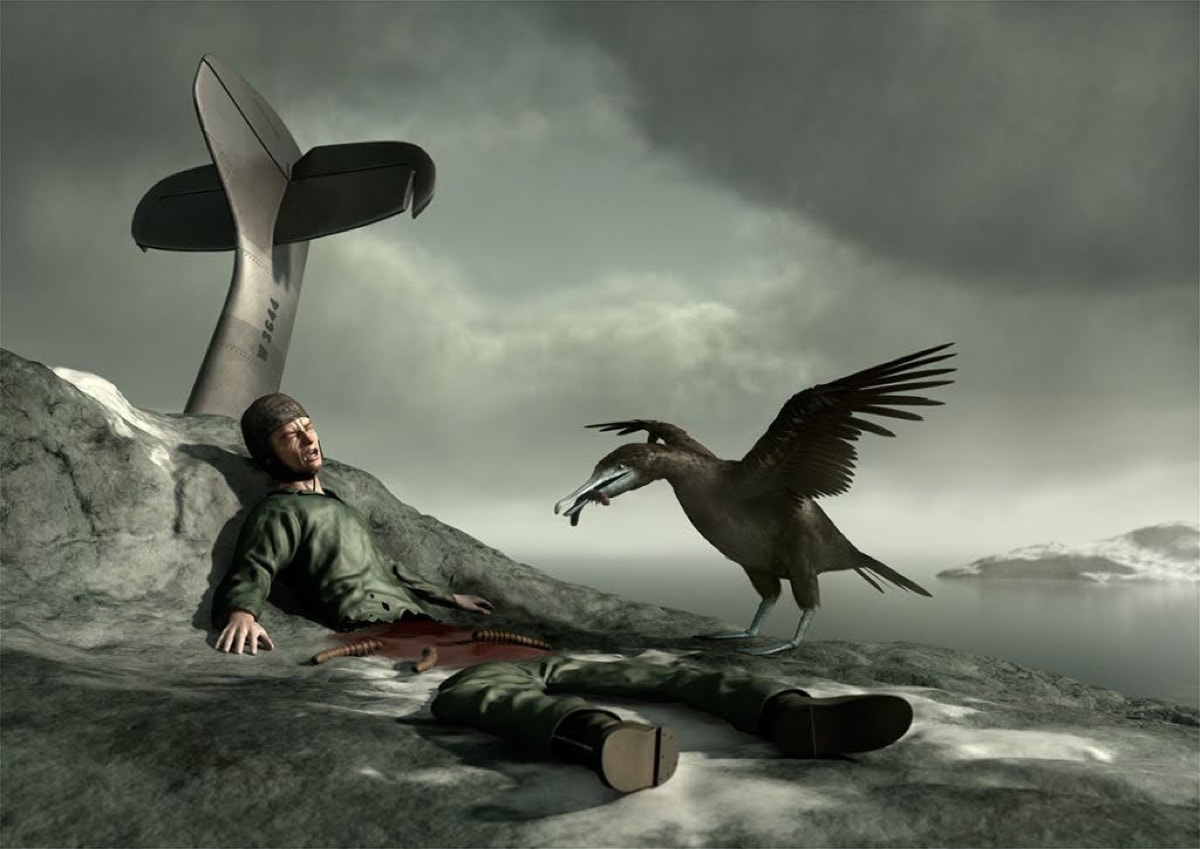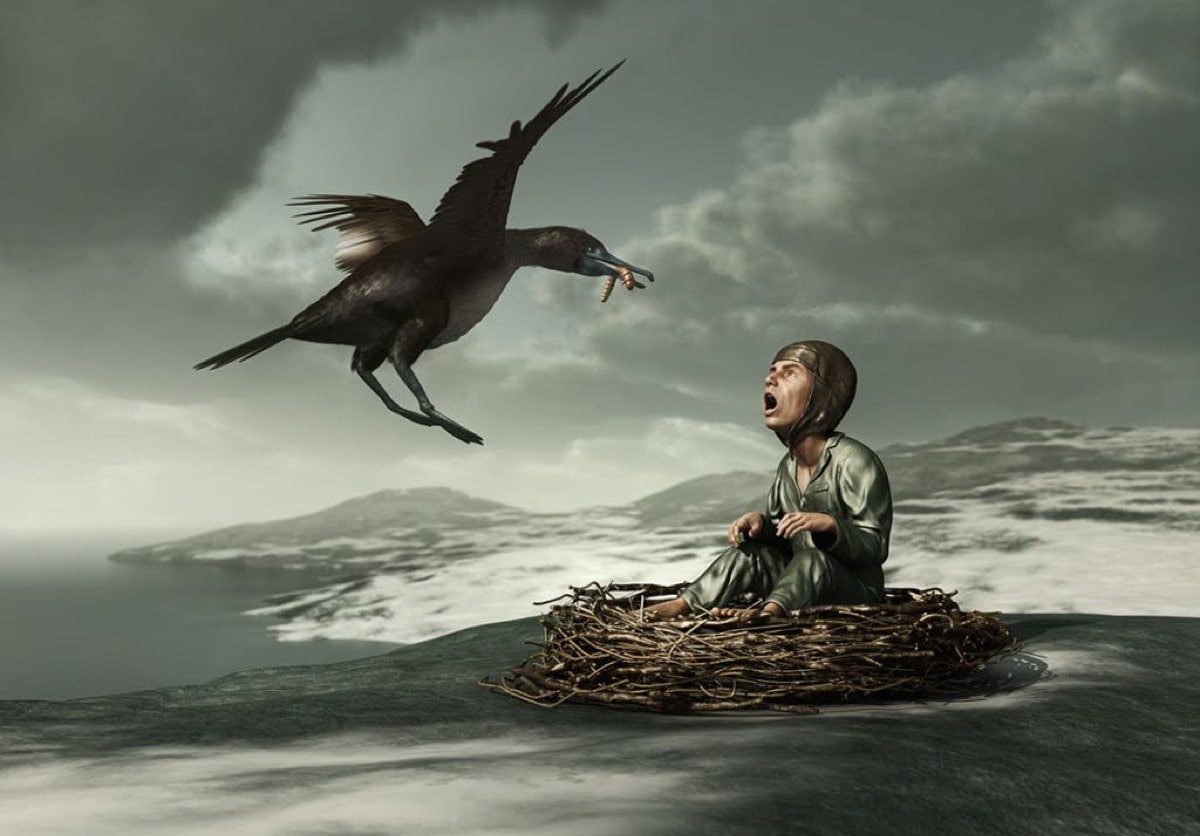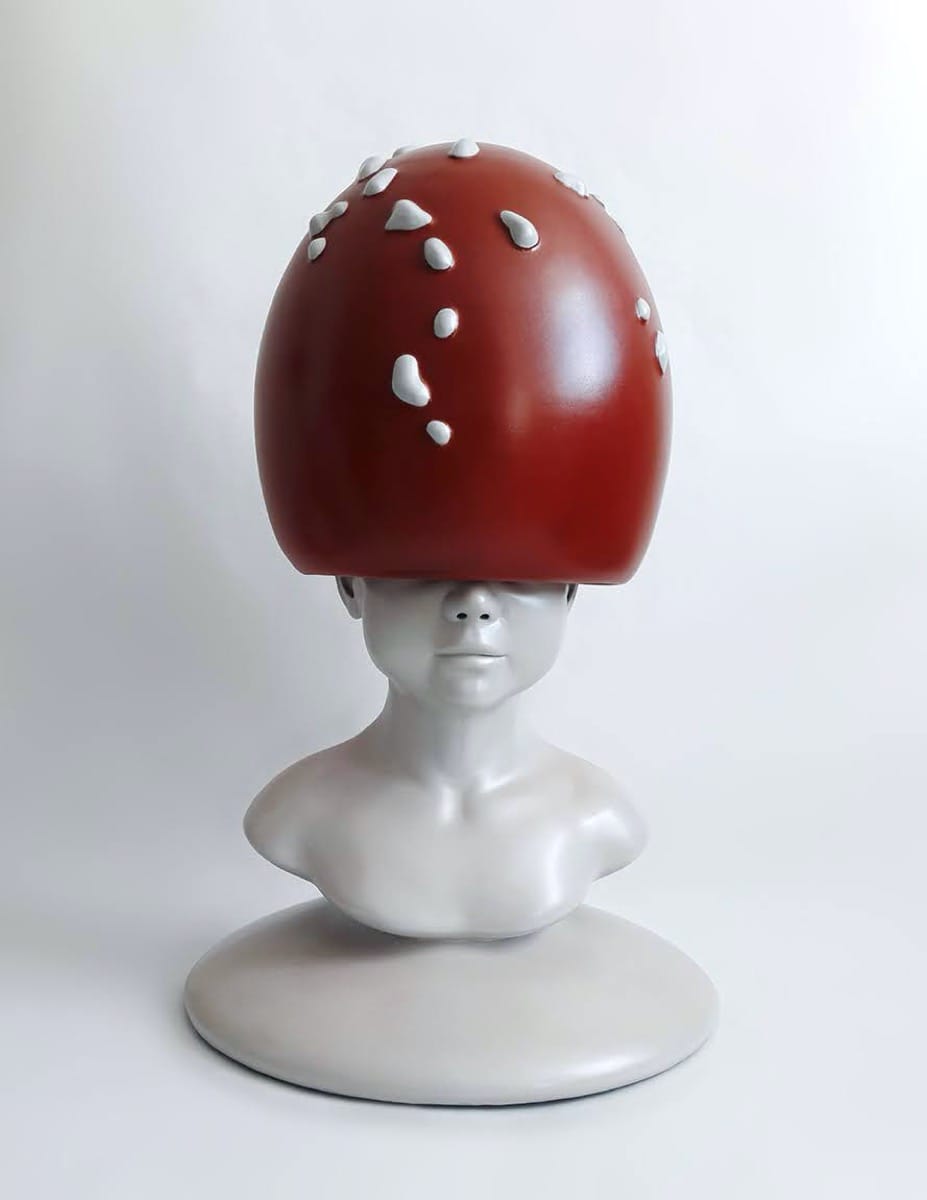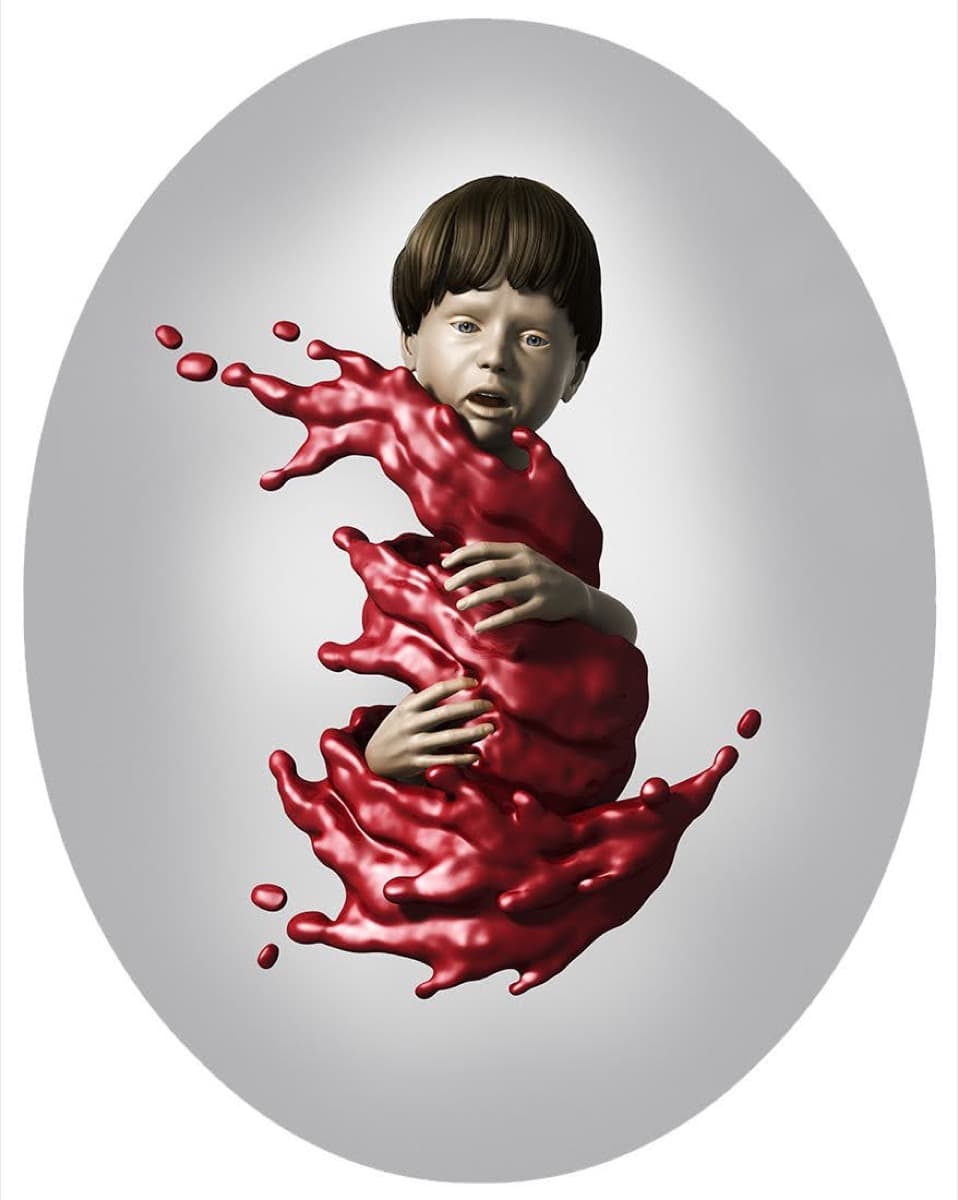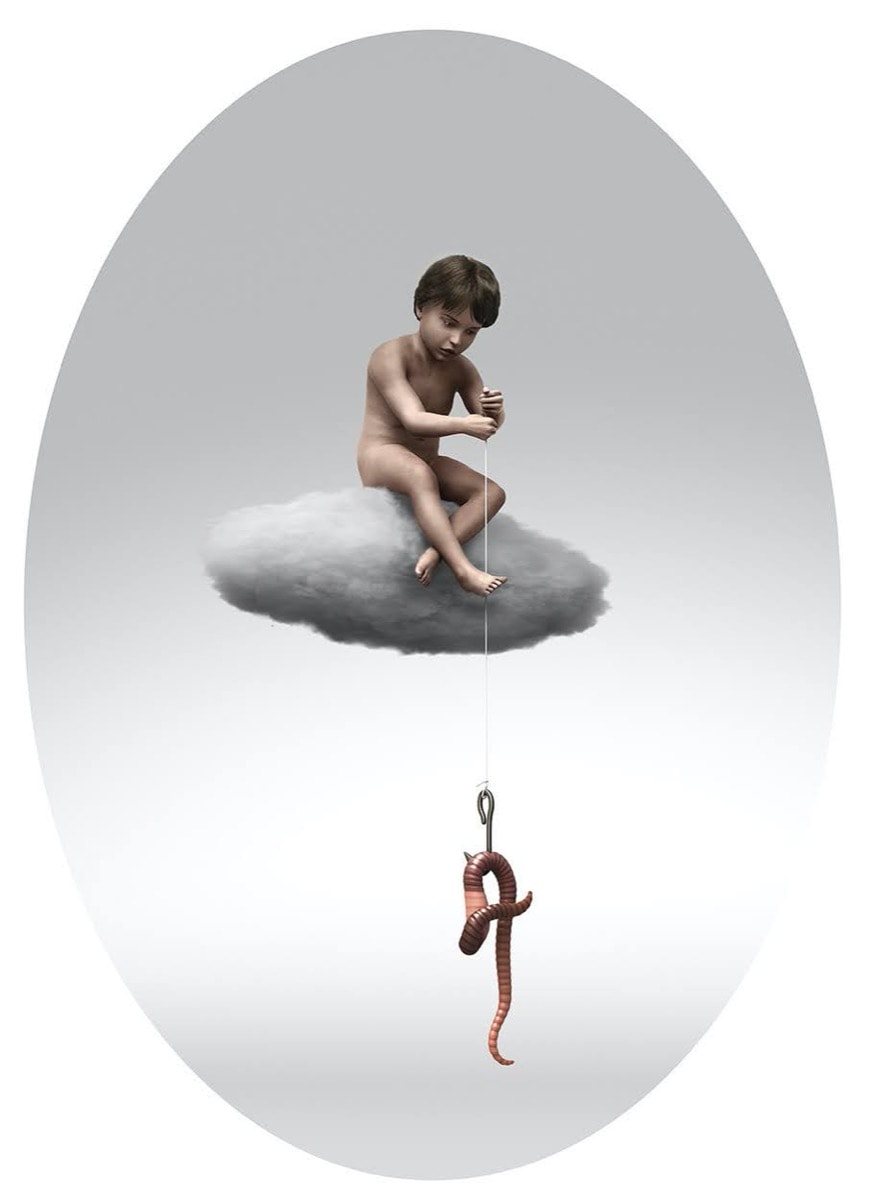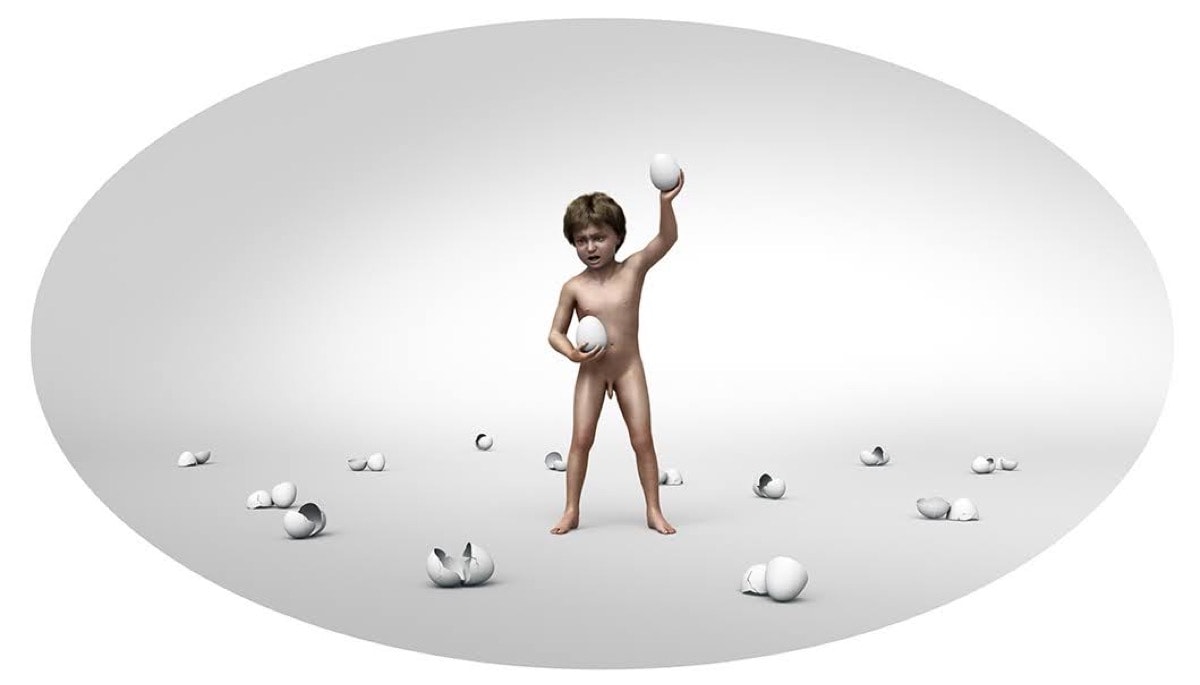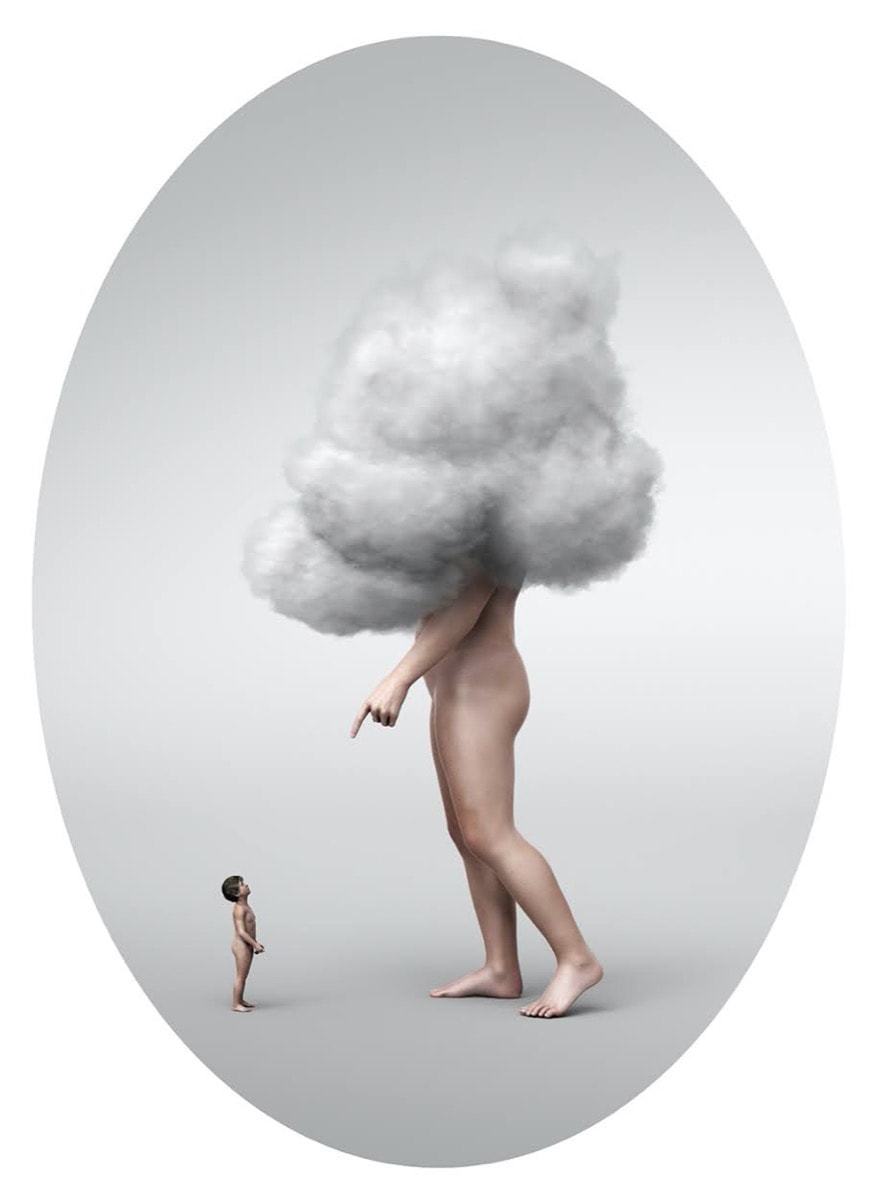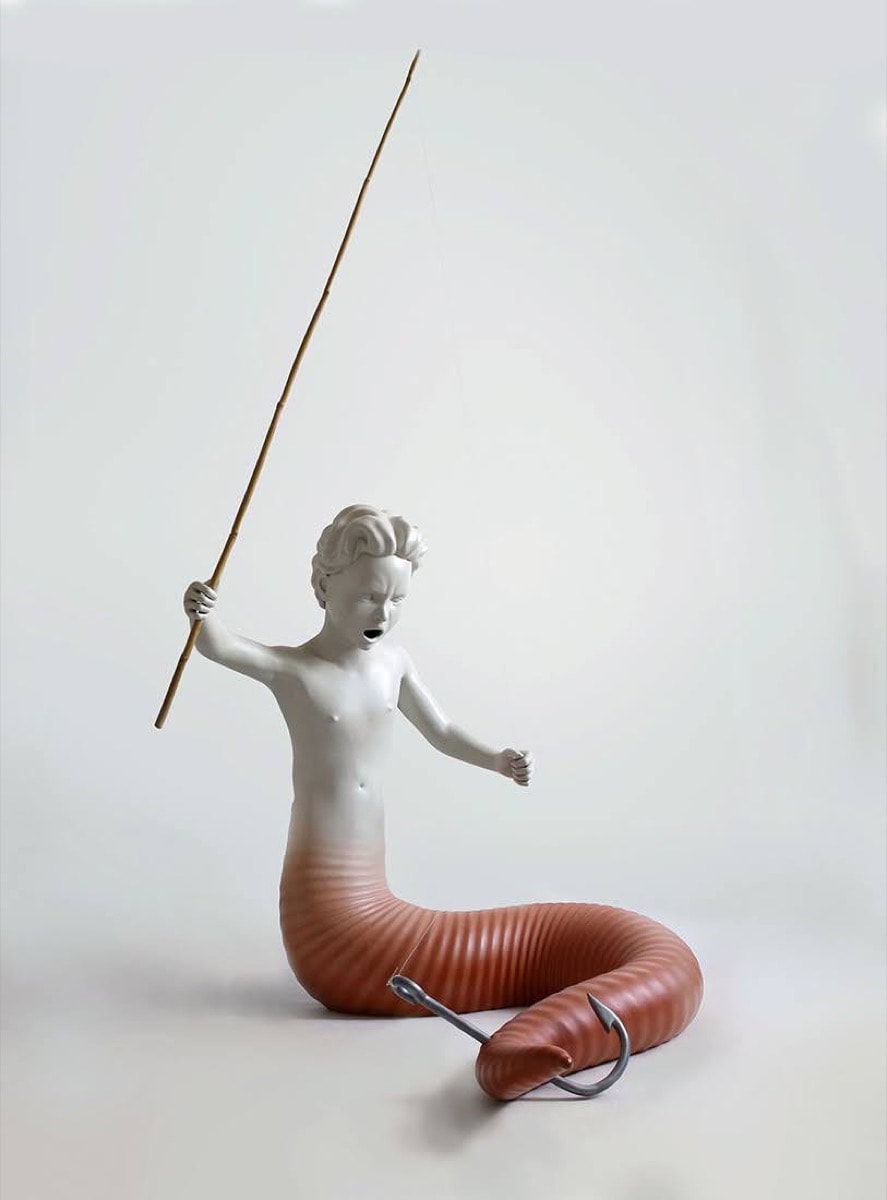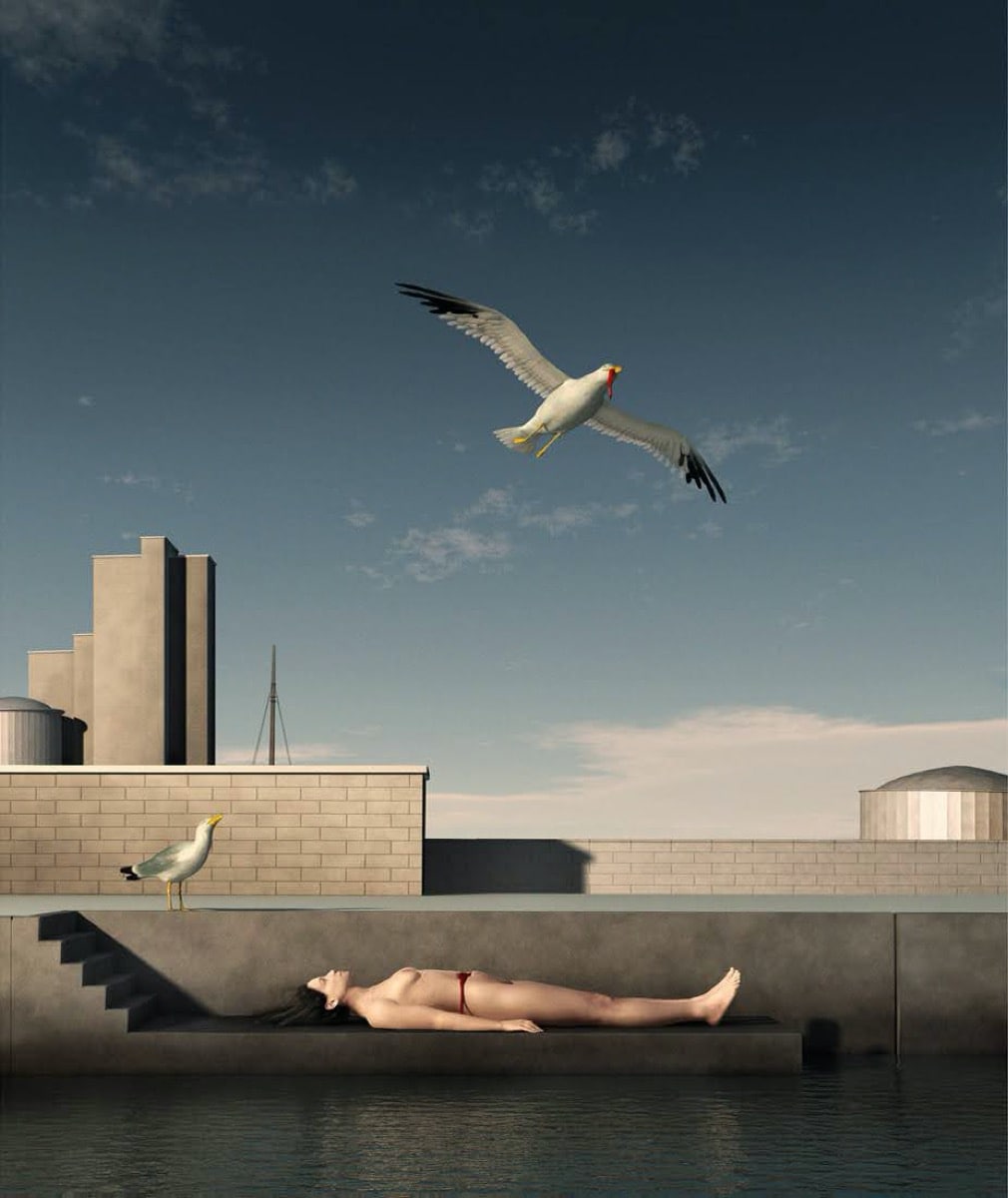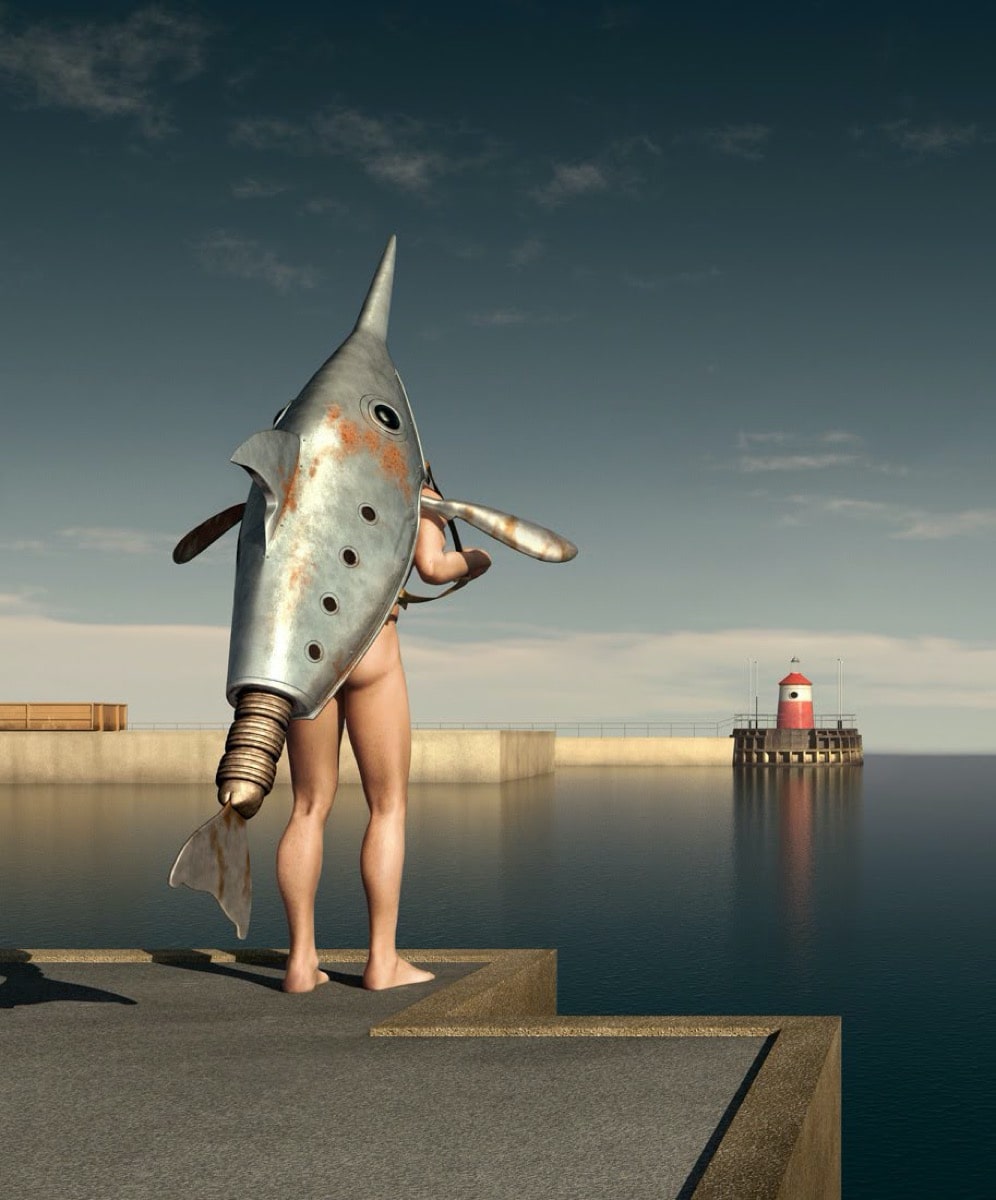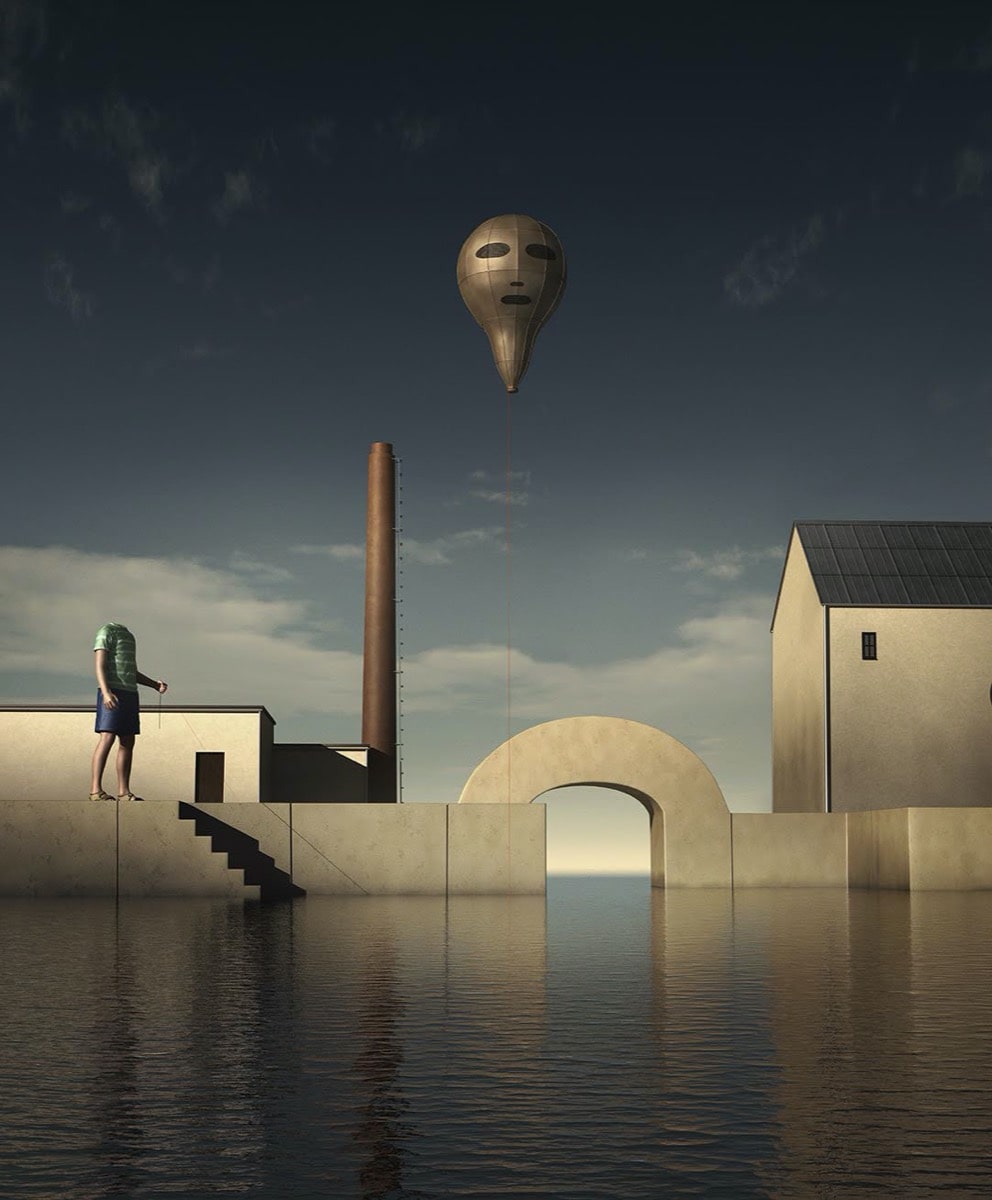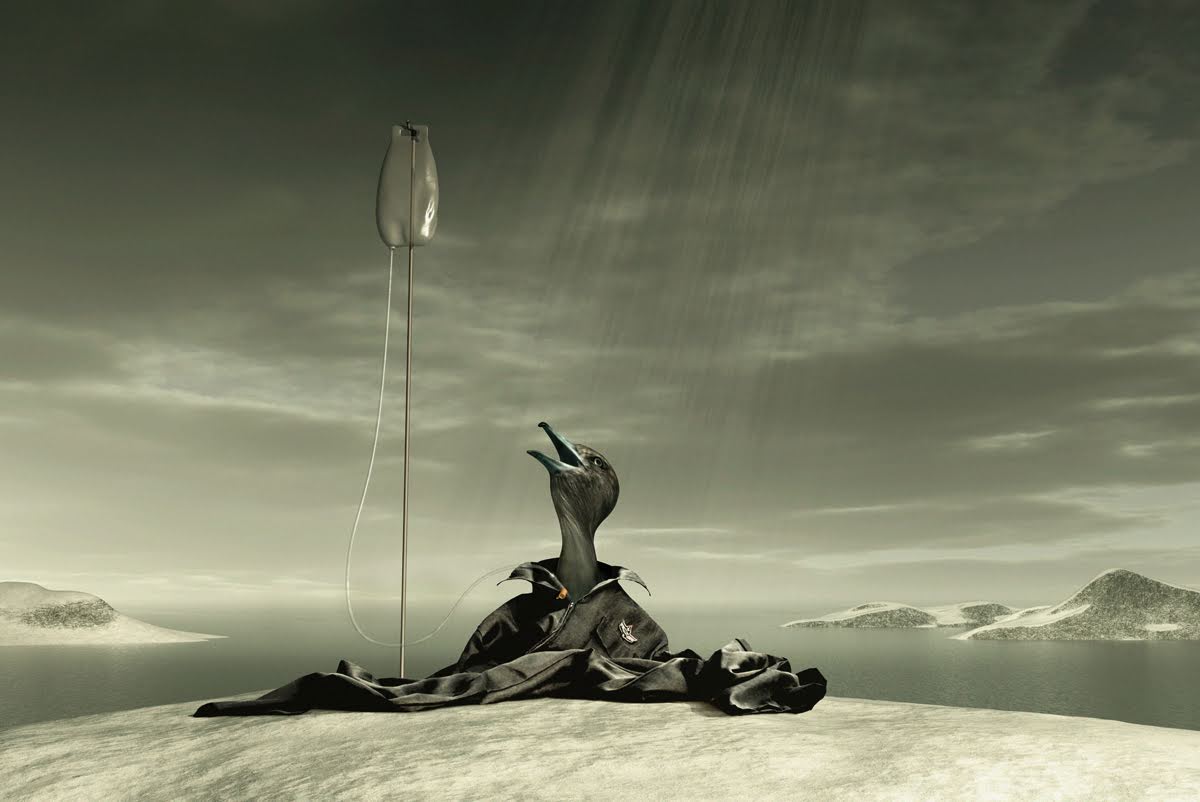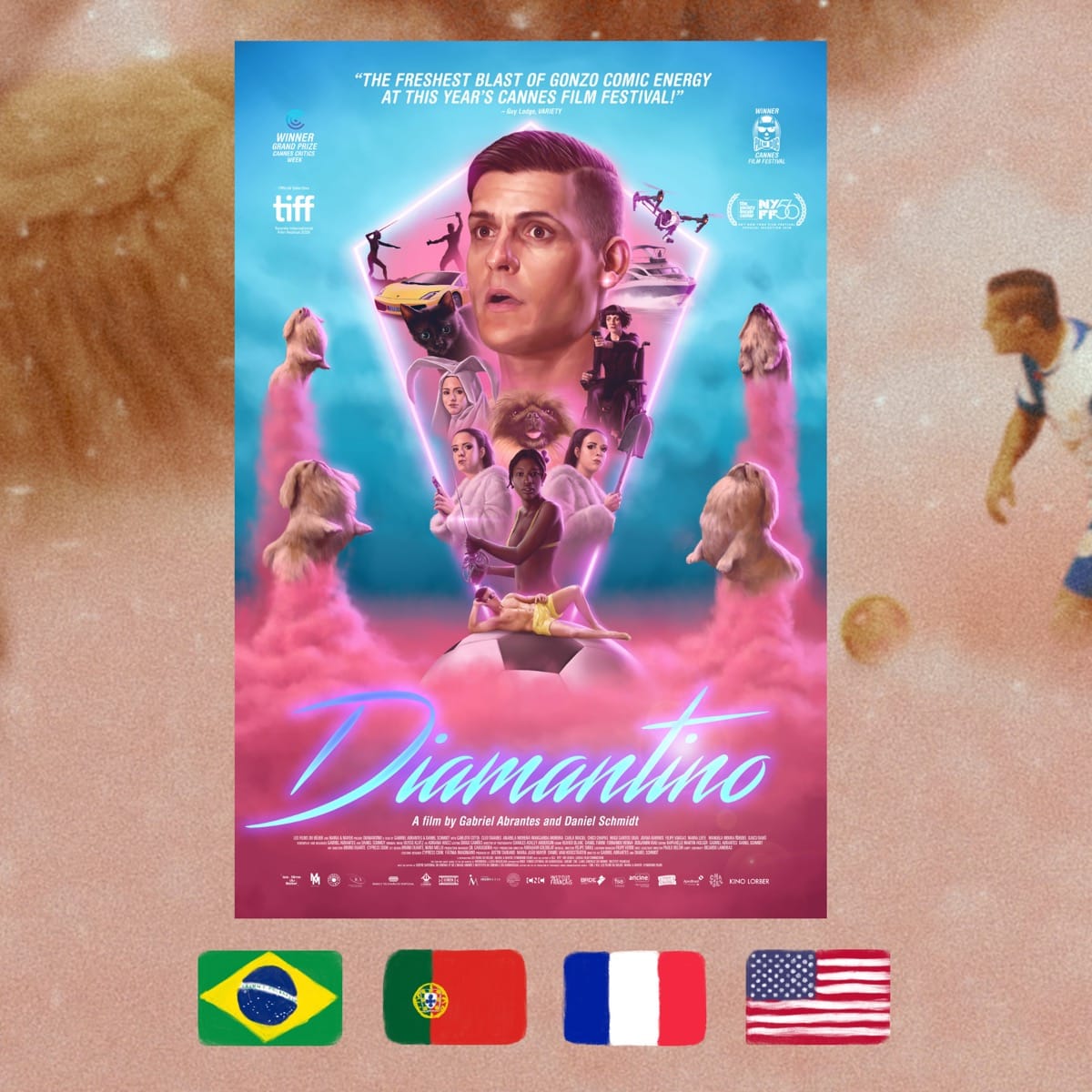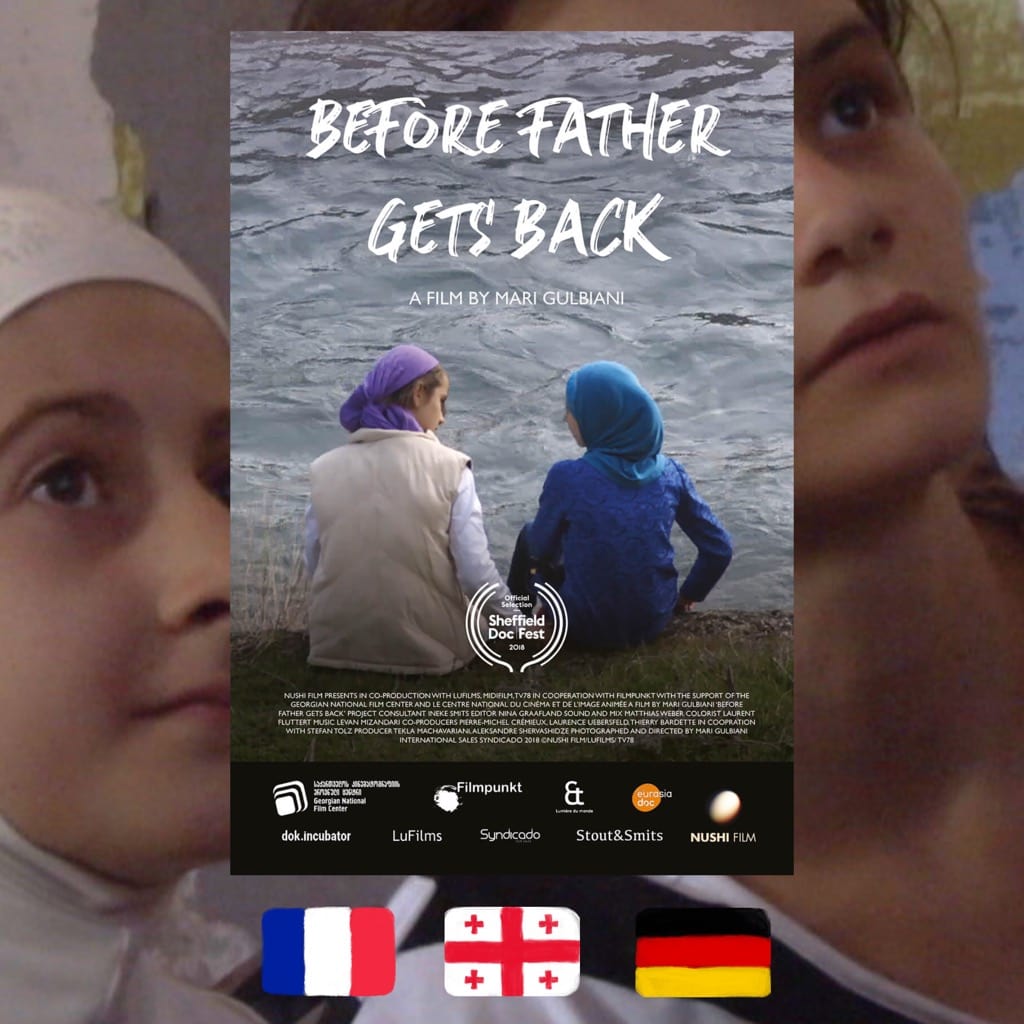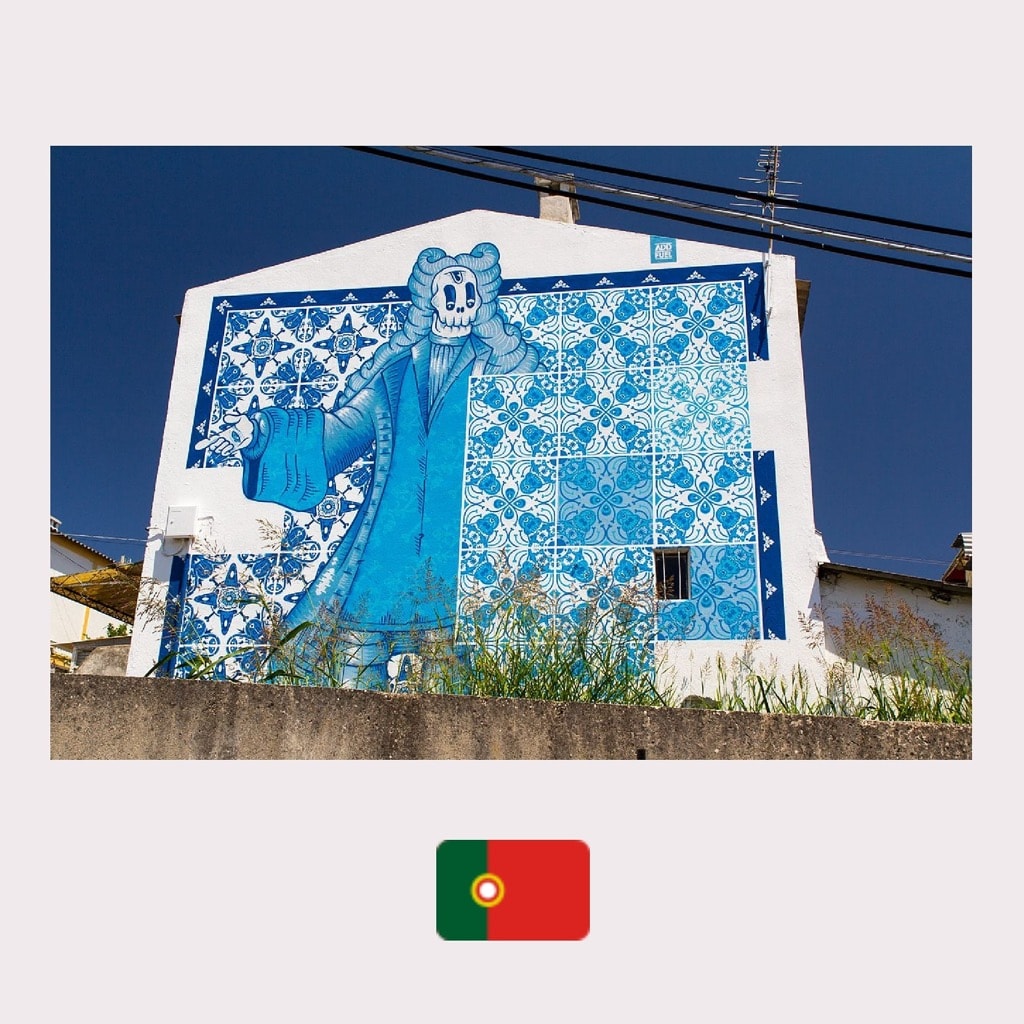Unsettling dystopias unravel in eerie sculptures and postapocalyptic scenes rendered in meticulous 3D, where nature, humanity and the neural networks converge and dissolve into each other


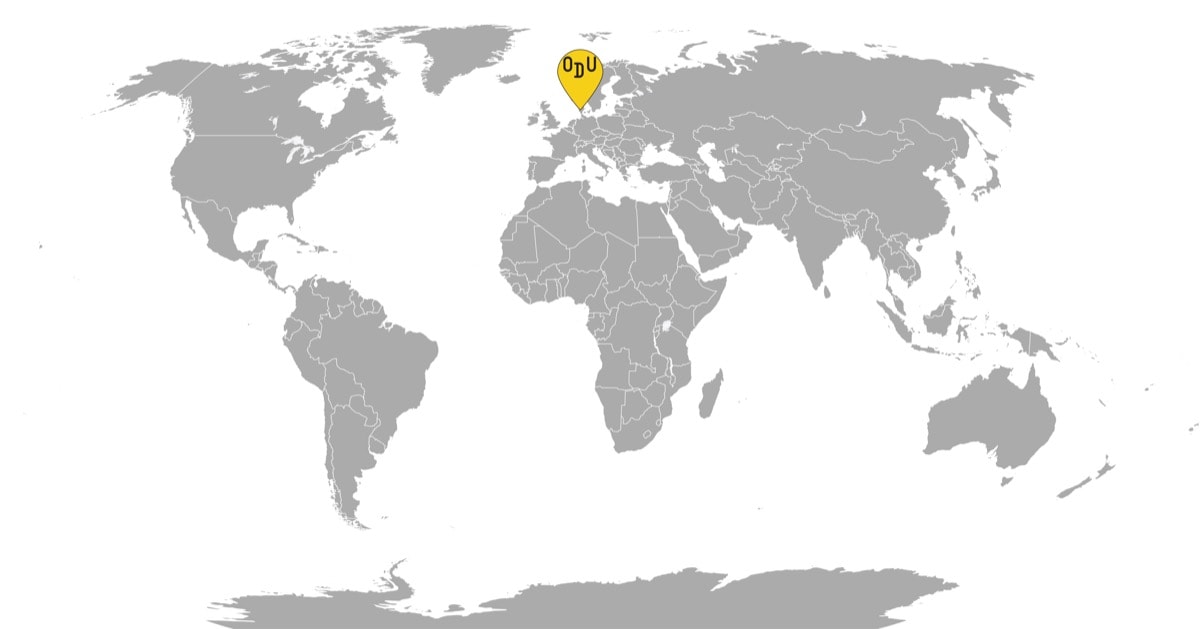
FROM DENMARK
WHAT’S GOING ON: Pale, sickly children, in computer-generated imagery or 3D-printed sculptures airbrushed to a glossy finish, are juxtaposed to the stark redness of blood puddles, gigantic fat worms, and meaty mushroom caps. Who are these pristinely smooth creatures, and what caused them to languish in the stark clinical environments, where there is no sustenance, only the pulpy carmine tissue that they must devour before it devours them? Clues lie in the earlier works, where the same children are shown demolishing nature, while a post-apocalyptic landscape looms over adults on the brink of their existence, birds pecking on their livers. These are the works of Danish artist Ole Tersløse, whose imagination and technical skills are equally mindboggling.
WHO MADE IT: Born in one of Denmark’s oldest towns, Hjørring, Tersløse studied painting at the country’s Academy of Fine Arts in Copenhagen. However, he soon realized that the constraints of the traditional approaches to art were too limiting and switched to recreating his complex vision with 3D software. And then, with the help of ever-expanding technologies of multi-dimensional printing, to making the figures he had rendered into sinister sculptures. Tersløse has taken his weird little world everywhere, from his hometown’s Vendsyssel Kunstmuseum to the Los Angeles Center for Digital Art.
WHY DO WE CARE: Tersløse’s works immediately grab the viewer’s attention, but because he’s committed to working in the uncanny, it takes a while to untangle one’s feelings about them. Though technically correct, the children are not adorable, but eerie, threatening even, their little faces askew with anger. Meanwhile, nature, though retaining its magnetism of the sublime, is purified, homogenized, processed. It’s as if a sentient AI tried to reverse-engineer the worms and the birds, and the differences are impossible to spot until comes the flaw: the worm’s size that allows a child to ride it, or the absence of legs in the bird, which means that it may never stop with the flight. However, none of this is a coincidence because Tersløse’s goal seems to be in depicting the glitches in the timelines, which make the ultimate destruction inevitable.
Exploring Tersløse’s works, one might notice the many recurring motifs leading to the unraveling that he’d been honing through his career, as his technique became more minimal and precise, and the world-building he’s engaged in grounded his subjects more pointedly. Tersløse mentions de Chirico as one of his inspirations, and he has been depicting his surreal visions against carefully arranged, video game-like backgrounds, which further deepen the crevice between the personal upheaval that his characters are going through as their psyches and physicalities become disentangled and the alienating environment. The inspiration for his subjects lies in another great, Oskar Kokoschka, and Tersløse fuses the busy yet ominous expressiveness of his paintings by appropriating the emotional load of the poses and ratios to his own doomscapes, as Kokoschka’s juicy smears come alive in Tersløse’s hacked version of nature.
WHY YOU NEED TO PAY ATTENTION: It’s priceless to find contemporary European artists extrapolating from their inherited culture in a way that’s been previously underexplored: with daring, awareness and humor. Tersløse’s latest work, in the contrasting white and blue, is done in the colors of the Danish flag. The way the pasty flesh of his kids and the vermilion of nature clash is, just like the proud ensign, the oldest national flag to be in continuous use, loaded with meaning. Originating from the medieval period and, more precisely, the Crusades, the Danish flag has a white cross of salvation set against the deep red of the madder root, which was the only red dye available at the time. In Tersløse’s universe, the red has once more seeped into the ground, and now the little white saviors—or demolishers?—descend upon it, as they mingle with the root-like worms, vascular systems, and fungi, a bond with the earth that’s both symbiotic and mutually consumptive is created. Meanwhile, a bonfire with a girl’s face rises in the native forest, an ominous symbol of youth leading the crusades to the inferno.
Synthesizing a realistic vision of singularity, Tersløse manages to peek into its post-industrial and post-humanist landscape and to recreate it as a sort of warning to all the viewers. In his works, there are remnants of all held dear in the Euro-centric, Christian world, becoming undone through dystopian encounters in the all-encompassing void. Restless children left to their own devices in the space of unlimited experimentation, begin exploring all the facets of creation, while simultaneously getting sucked into its chasms. What lies beyond? A nothingness? A vacuum? Or a constant cycle of repetition, where you’re never set free? Unsettling, astute, and mesmerizing, Tersløse’s art is a concept of hell that invites comparisons to the macabre visions of the Medieval masters, including Bosch, produced out of overwhelming piety. Coming from a secular place, yet rooted in the neural networks and the biases that they inadvertently bring, they’re looming precursors of what’s to come. These futurist works don’t try too hard to imagine something wholly unexpected but work around the downfall of what already exists.
For more content like this sign up for our weekly newsletter
MORE OLE TERSLØSE


